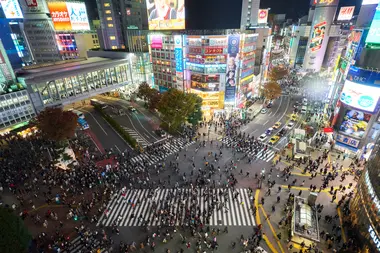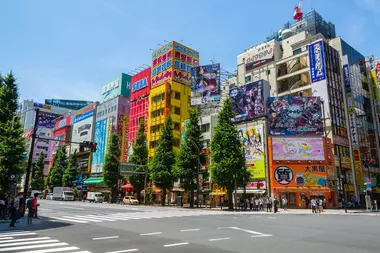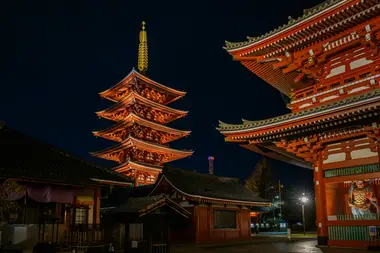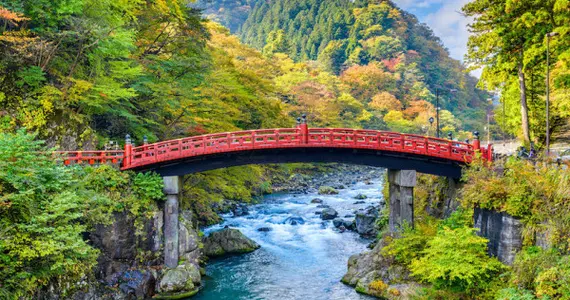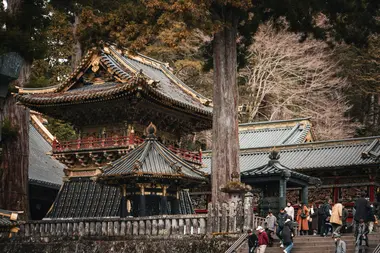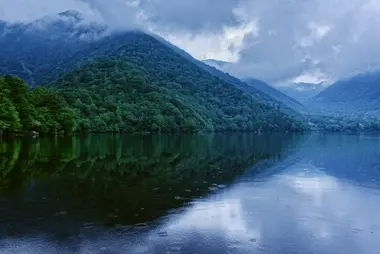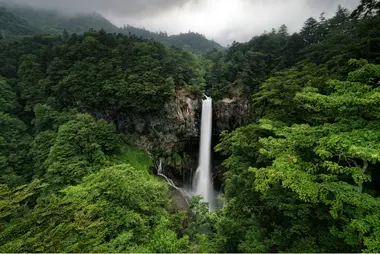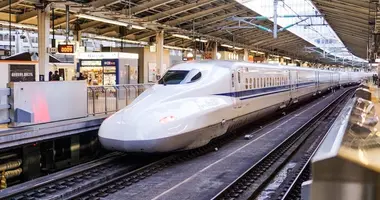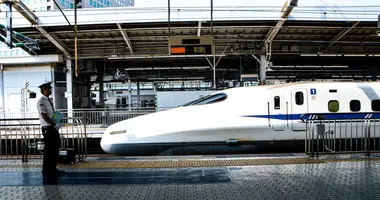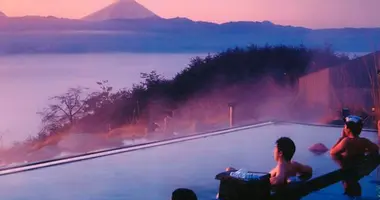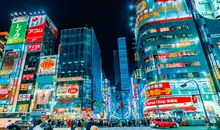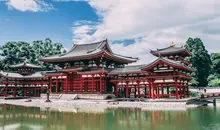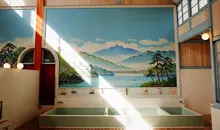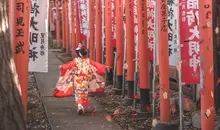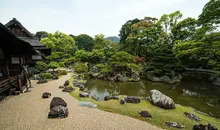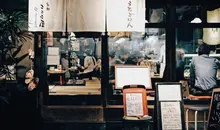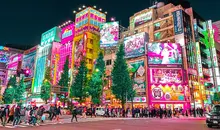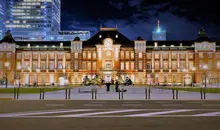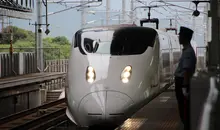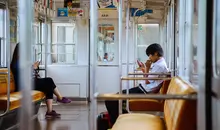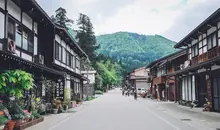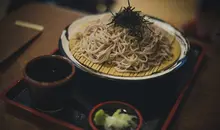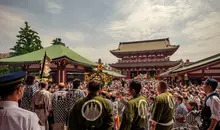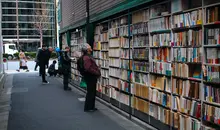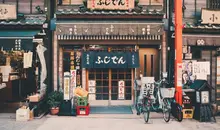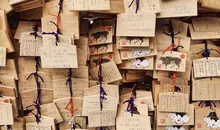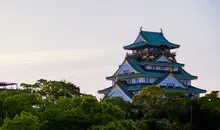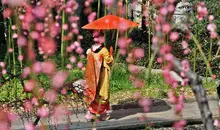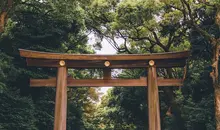How to get from Tokyo to Nikko
- Published on : 10/02/2025
- by : Lucie G.
- Youtube
How do I get to Nikko from Tokyo? Find out how to get to Japan's two must-see cities!
Nikko is one of Japan's most beautiful destinations and a favorite with travelers. In fact, there are many places to visit in this city, which has established itself as one of the hearts of Japanese spirituality. Between nature and temples, the city reveals one of the most beautiful facets of Japan, less than two hours from Tokyo.
From Tokyo to Nikko via :
With JR lines :
The journeys presented in this section are possible with the JR Pass National, or the JR East Pass.
Shinkansen
🚅 Train types: Shinkansen Yamabuko, Nasuno and Tsubasa
⏱ Journey time: approx. 1 hour 50 minutes
⏲First and last departure: 6:41 am / 11:08 pm
💶 Price: From 5,500 yen
🚆Distance: 150 km
🚉 Departure/arrival stations: Tokyo Station, Ueno Station/Nikko Station
🚃 Transfer station : Utsunomiya station
With the Yamabiko, Nasuno and Tsubasa Shinkansen, the journey takes about an hour to Utsunomiya from Tokyo and Ueno stations, and costs 2,500 yen. You can board the Yamabiko and Nasuno at Tokyo Station track 4 and Ueno Station track 20.
The two-hour journey is covered by the JR Pass, with which seat reservations are free. The JR Pass option can be very practical with this itinerary, especially if you're planning to go somewhere other than Tokyo later on. For example, you can activate your JR Pass on the last day of your stay in Tokyo to go to Nikko, and the next day set off for a new part of Japan!
Alternatively, you can buy single tickets for the high-speed train journey and use your Suica for the Local train. In this case, the seat reservation costs approximately 1000 yen more.
Eastern Japan Regional Passes
Opt for a regional JR Pass for peaceful travel around Tokyo! There's the JR East Pass (Tohoku Area), which takes you all over Tohoku, as far as Aomori, and the JR East Pass (Nagano, Niigata Area), which focuses on the Japanese Alps and Chubu. These passes can be very cost-effective, as you can also use JR lines in Tokyo and travel to Nikko before discovering a new part of Japan!
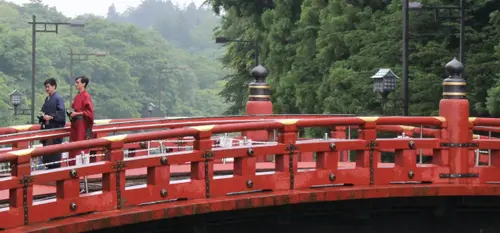
deepavali Gaind, Unsplash
Other JR lines (excluding Shinkansen):
In addition to the Shinkansen, there's a direct JR Nikko train from Shinjuku and Ikebukuro. Please note that this train only runs once a day on weekdays and twice on weekends, public holidays and during the high season.
The direct route:
🚅 Train type: LIMITED EXPRESS Nikko
⏱ Travel time → Approx. 2 hours
⏲ Departure →7:31 a.m., 9:34 a.m. / 3:57 p.m., 4:39 p.m
💶 Price → Approx. 4,000 yen
🚆 Distance → 150 km
🚉 Departure/arrival station → Shinjuku station, Ikebukuro station / Tobu-Nikko station
You'll find another longer, but much less expensive route, with a change at Utsunomiya.
Via Utsunomiya, from Ueno:
| Line used | Route | Departure/arrival station | Return fare | Duration |
|---|---|---|---|---|
| JR Utsunomiya Line | Tokyo → Utsunomiya | Ueno Station JR Utsunomiya Station | 3960 yen | 2 h |
| JR Nikko Line | Utsunomiya → Nikko | JR Utsunomiya station JR Nikko station | 5280 yen | 45 minutes |
With Tobu lines:
Journeys with the Tobu lines are not valid with the JR Pass, but a round trip Asakusa →Tobu-Nikko is valid in the Nikko World Heritage Pass (in addition to all the buses that navigate between Nikko's sites)!
The direct route:
🚅 Train type : LIMITED EXPRESS: Spacia Kegon, Revaty Kegon, Spacia X
⏱ Travel time → Approx. 1 hour 50 minutes
⏲ F irst and last departure → 6:41 a.m. / 11:08 p.m. (Shinkansen Utsunomiya)
💶 Price → From 2,850 yen
🚆 Distance → 150 km
🚉 Departure/arrival station → Asakusa, Tokyo Sky Tree / Tobu-Nikko
From Asakusa Station and Tokyo Sky Tree Station, you can take the Tobu company's express trains. They are direct and included in the Nikko World Heritage Passwhich gives you unlimited travel in the area around Nikko!
There are three trains that take you to Nikko: the Spacia, the Revaty and the Spacia X. Please note that all seats on each of these trains are reserved ! Make sure you buy a ticket with a reserved seat if you intend to take these trains (in addition to your pass). What's more, the Tobu Spacia X has a special fare (more expensive, especially during the high season), as it's a panoramic train offering several ranges of seats and benefits, including panoramic carriages and on-board coffee. It is also much less frequent than the other two, which run twice an hour.
| Tobu Spacia X | from 3,840 yen (one way) | from Asakusa: between 7.50 a.m. and 3 p.m. // from Nikko: between 10.25 a.m. and 5.44 p.m |
There is also an inexpensive route using the JR Shonan-Shinjuku line between Shinjuku and Kurihashi, then the Tobu-Nikko line between Kurihashi and Tobu-Nikko:
| Line used | Departure/arrival station | One-way fare | Duration |
|---|---|---|---|
| JR Shonan Shinjuku | Shinjuku Station Kurihashi Station | 900 yen | 1 h |
| Tobu Nikko Line | Kurihashi Station Tobu-Nikko station | 1000 yen | 1 h 35 |
Discovering Tokyo
Tokyo, which needs no introduction, is a must when discovering Japan. No matter what you're looking to see, Tokyo has it all! This immense city covers more than 2,000 km² and 23 districts, each with its own temples, museums, restaurants, parks and stores to discover.
A lifetime isn't long enough to visit the world's most populous city in its entirety, but there are a few places where you can get a feel for Tokyo's many facets. The west of the city includes the famous Shibuya and Harajuku districts, where the Meiji-jingu temple and the Shibuya Crossing are just a few minutes' walk from each other. If you'd like to see other major religious sites in the Japanese capital, you'll find the famous Senso-ji shrine and Kaminarimon Gate in Asakusa, or the Zojo-ji temple near Tokyo Tower.
To the northeast, the Tokyo Sky Tree offers spectacular views over the rest of the city, sometimes even Mount Fuji, while Ueno Park boasts wonderful walks and lotus ponds. A little further south, the colorful, neon-lit streets of Akihabara offer a glimpse of another side of the Japanese capital. Tokyo can be visited by day or night, where peaceful ambiences and hustle and bustle rub shoulders whatever the time of day.
For gourmet travelers, Tokyo presents itself as an essential destination, offering a multitude of quality restaurants, from small local stalls to internationally renowned establishments. Culinary options range from fast, accessible and economical street food to high-end, acclaimed and luxurious dining experiences (Tokyo holds the record for the most Michelin-starred restaurants in the world). For an unforgettable culinary experience, trendy districts such as Hatagaya and Setagaya are often prized for their lively sake and wine bars, whileHigashi Azabu offers a selection of renowned restaurants, ideal for a perfect dinner.
Tokyo is one of the world's best served cities by public transport, whether you're traveling within the archipelago or within the metropolis. To Nikko, Tokyo and Ueno stations offer hourly Shinkansen trains to Utsunomiya. These stations are centrally located and surrounded by numerous restaurants, cafés and places to visit. Tokyo station is surrounded by the Imperial Palace and the Ginza district, Tokyo's Champs-Élysées.
Take our Nikko tour!
Explore Nikko
This city north of Tokyo has been a UNESCO World Heritage Site since 1999 for its beauty and its architectural and historical treasures. A sacred Buddhist and Shinto site, discover one of Japan's most beautiful cities.
The first temples were built in the Nara period (710 and 794), with the Honryu temple, now called Rinno-ji, at the head of the line. Inside, three golden Buddhas enthroned in the middle of the main room represent the three sacred mountains of Nantai, Nyoho and Taro. These same mountains are also considered sacred in the Shinto religion, making the city a veritable religious hub for both faiths.
Almost a millennium later, the Tokugawas added a new dimension to this place with the construction of a mausoleum, the Toshogu Shrine, dedicated to Tokugawa Ieyasu, one of the unifiers of Japan. A historic city, then, but also a city of architecture, since all these magnificent buildings are emblematic of Buddhist and Shinto styles, with numerous temples and shrines. There's also the 8th-century Futarasan sanctuary perched in the mountains.
Nature surrounds these mythical sites, as Nikko lies in the heart of the Japanese countryside. You'll find the Kengon waterfalls, Lake Chuzenji and walks along the Daiyagawa River near the Shinkyo Bridge to recharge your batteries amid lush vegetation.
The main sights can be reached in a day, but if you want to take full advantage of the surrounding area, there are numerous hotels and ryokan located in the city or not far from Nikko's wonders. This is your chance to enjoy the many open-air onsen with views over the region's forest and mountain landscapes.
Getting to Nikko from Tokyo is the best way to go. From Tokyo or Ueno stations, the Yamabiko, Nasuno and Tsubasa Shinkansen of the Tohoku line stop at Utsunomiya after a 1-hour journey. Local JR trains between Utsunomiya and Nikko run about twice an hour from 6 a.m. to 10 p.m. The perfect day trip! From Nikko, buses will take you to the temples and sights. Choose the Nikko World Heritage Pass for easy, low-cost travel!
Visit Japan's two must-see cities!
Easily accessible from Tokyo, Nikko is the ideal place for a day trip to the heart of Japanese spirituality. For a break from skyscrapers and neon lights of all kinds, the small town in Tochigi prefecture is the perfect day-trip from Tokyo to discover lakes, shrines and mythical Japanese sites!

